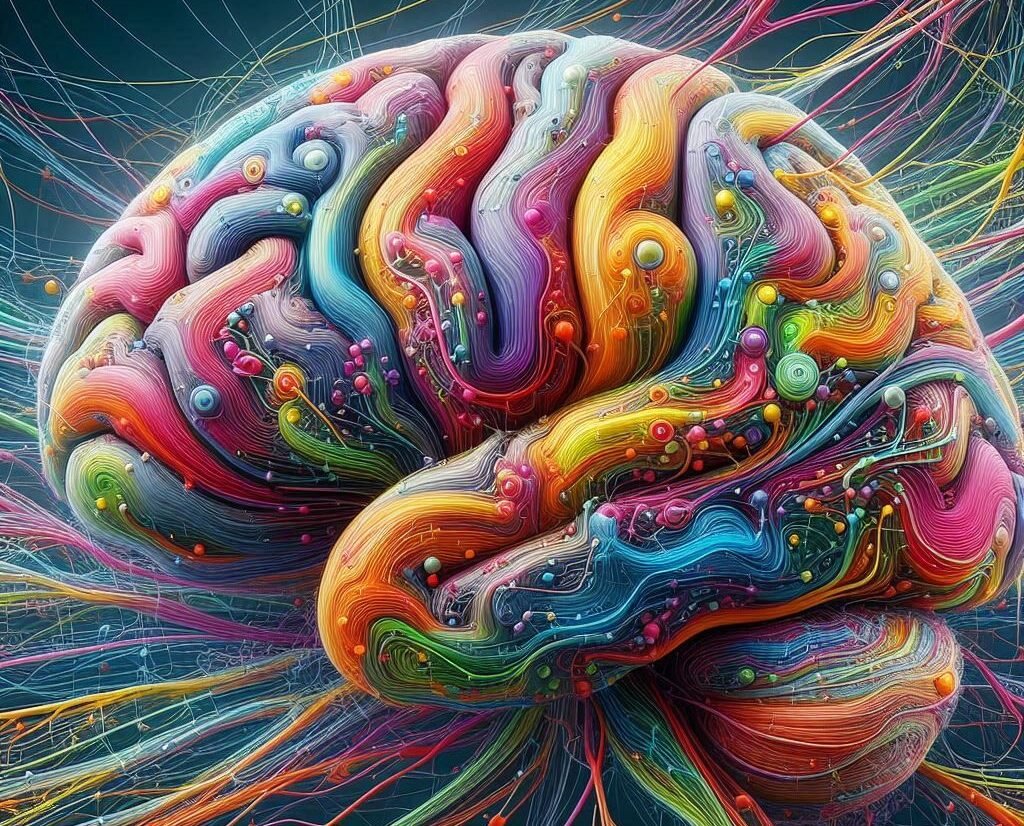
The placebo effect happens when someone feels better after taking a treatment that has no actual active ingredient—like a sugar pill—simply because they believe it will work. It’s not “faking it”; the brain can trigger real physical changes. For example, Harvard researcher Ted Kaptchuk has studied how placebos can reduce pain, improve sleep, and even lower blood pressure. In one of his studies, patients with irritable bowel syndrome improved significantly after knowingly taking placebo pills labeled as “placebo.” The expectation of relief activated parts of the brain linked to healing.
The nocebo effect is the opposite. Here, negative expectations cause real symptoms or make existing ones worse, even if nothing harmful is given. For example, a harmless pill might cause headaches, nausea, or anxiety if a person is told those side effects might happen. In 2007, German researcher Winfried Häuser found that when people were warned of possible side effects from a harmless treatment, many actually experienced those symptoms. The nocebo effect shows how worry and expectation can physically impact the body, just as hope and belief can.
Both effects prove that the mind and body are deeply connected. Placebos can be used in clinical trials to test if a new treatment works better than “belief alone,” while understanding the nocebo effect helps doctors avoid causing harm through the way they communicate risks. A positive expectation can boost recovery, but fear or suggestion can worsen health. That’s why many healthcare professionals are careful about how they present information—balancing honesty with reassurance.
In short: placebo is the mind’s “healing boost,” nocebo is the mind’s “harmful trick.” Both are reminders that what we believe can change what we feel, sometimes more than the medicine itself.
RELATED POSTS
View all


